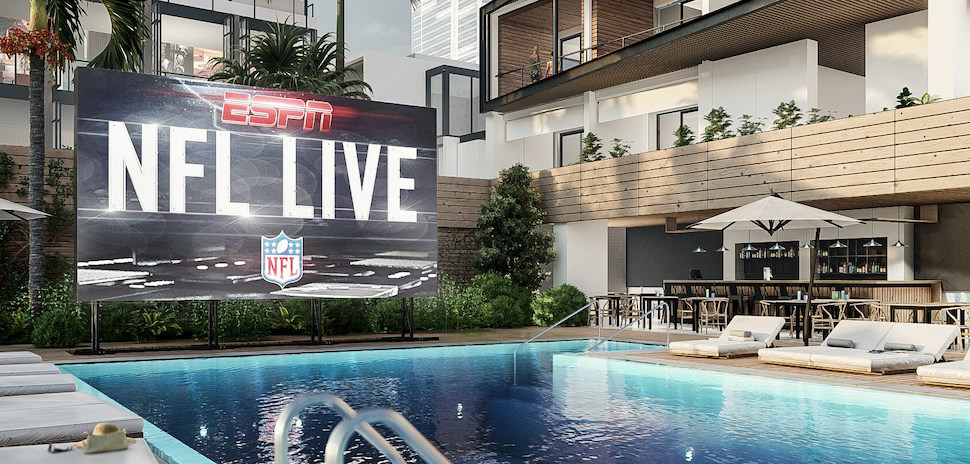Efficient Strategies for Overcoming Overheating Issues in Light Emitting Diode Display Panels
Wiki Article
Light Emitting Diode panel screens are progressively common for various applications, such as advertising, functions, and electronic screens. However, overheating is a significant challenge that can affect their performance and longevity. When LED screens become too hot, they may dim, color shift, or even malfunction entirely. Understanding the causes and applying effective methods to manage heat can assist preserve the optimal function of LED panel panels. This article will discuss several strategies to tackle overheating challenges associated with these devices.
One powerful strategy for preventing overheating in LED wall panels is guaranteeing adequate ventilation. It is crucial to install these screens in settings where atmosphere circulation is sufficient. This can be achieved by placing the screens in a properly aired space or utilizing fans to improve ventilation around the units. Additionally, if the screens are installed in a tight area, establishing gaps or using vents can help dissipate heat more effectively. Maintaining a cooler ambient temperature is crucial, as it immediately affects the function and durability of LED wall screens.
Another way to address excess heat is through the application of thermal control materials. These materials can help take in, disperse, or deflect heat away from the LED elements. Thermal sinks are frequently employed in many digital units, including LED screens. These metal components draw heat away from the LED diodes, permitting them to operate at a safer heat level. Additionally, heat-conducting compound or films can be applied to improve heat transfer between the LED chips and the thermal sinks, further enhancing their chilling effectiveness.

Regular maintenance and monitoring of LED wall panels also play a vital role in stopping overheating. Dust and grime can build up on the faces of these panels, obstructing ventilation and holding heat. Consistent cleaning, using appropriate tools, will keep the panels free from obstructions. Furthermore, find out here now monitoring the temperature of the panels can help identify overheating issues before they become critical. Using heat monitors can provide important information, enabling users to take remedial action if the panels begin to exceed safe operating temperatures.
The use of advanced techniques can also help tackle excess heat issues in LED wall panels. Many contemporary LED panels come fitted with built-in heat control systems. These systems can instinctively modify the luminosity of the screen based on the temperature, reducing heat generation when necessary. Additionally, software solutions can track the functionality of the screens and provide notifications if excess heat is identified. Using these tools can considerably improve the durability and reliability of LED wall panels.
In conclusion, controlling overheating in LED wall panels is essential for ensuring their functionality and durability. Applying methods such as providing proper airflow, using thermal control materials, conducting regular maintenance, and utilizing cutting-edge tools can help reduce excess heat issues. By taking these proactive steps, users can enjoy the complete advantages of LED wall panels while minimizing the risk of heat-related problems. This approach not only improves the functionality of the panels but also adds to a much eco-friendly and efficient application of devices in multiple uses.